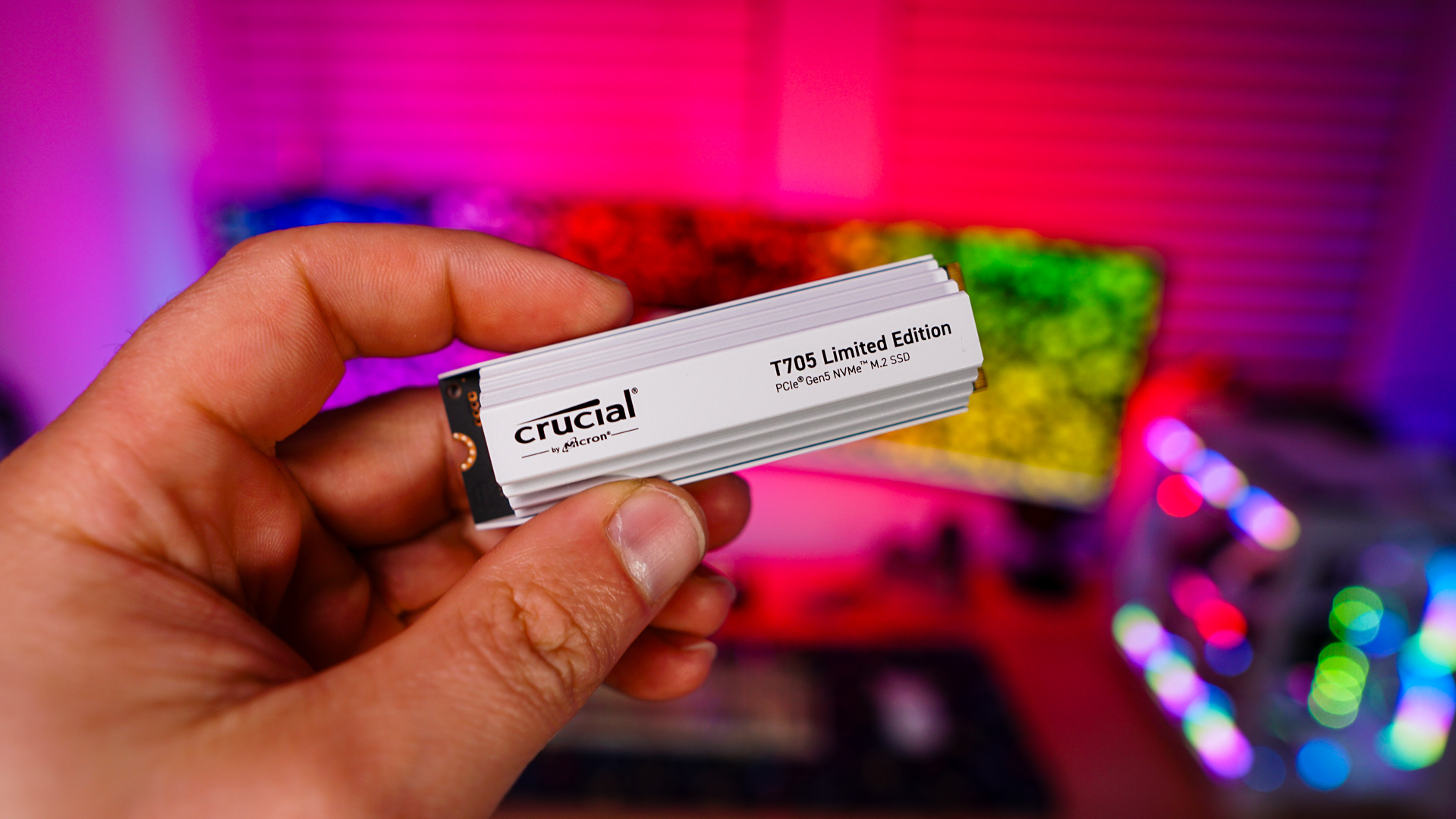EPOMAKER RT100 Overview
Taking a first look at the EOPMAKER RT100 the first thing that caught my attention was of course the colorway. This is their Retro White colorway which definitely gives off those retro vibes. If they retro look is not your thing EOPMAKER also offers the RT100 in Pink, Deep Grey, Green, and Puruple colorways.
When it comes to size this keyboard is a 95% keyboard, so compared to a full size you just are missing the center island that would be above your arrow keys. This section of the keyboard has been removed and the number pad has been moved over. So you still do get a full number pad and full row of function keys.
In the right corner of the keyboard you’ll find slider switches to turn the keyboard on and to switch between Windows and Mac layouts. There is also a multi-media knob. With the design of the keyboard this knob does sort of look out of place. If you turn the knob it will adjust your volume and if you press down on the knob it acts as a play / pause button. We can see that EPOMAKER has moved the Del, Page Up, and Page Down buttons from the center island to above the number pad. The other buttons that would typically be part of the center island are now alternate functions on the number pad. In the small space between the number pad and the rest of the keyboard are indication LEDs for charging, number lock, caps lock, and scroll lock.

When it comes to the keycaps EPOMAKER is using PBT die sub keycaps that are in the MDA profile. The legends on the keycaps are not shine-through. The MDA profile is a taller keycap profile, but not so extreme like SA keycaps.
Under those keyboard are your mechanical key switches. On our sample we have the EPOMAKER Sea Salt Silent switches. These linear silent switches features a POM stem, are factory lubed, and have a lifespan of 60 million keystrokes. The switches have an initial force of 35g, actuation force of 60g, pre travel of 2mm and a total travel of 4mm. This keyboard is hot-swappable so you can easily swap out the switches if you want to.
Looking at the keyboard from the side we can see that by default the keyboard sits pretty flat. The pop-out feet offer two different angle adjustments.

It is worth noting that the chassis of the keyboard is made of plastic. It does feel quite solid though. At the top edge of the keyboard you’ll find a USB-C port. You use this to charge the keyboard as well as use the keyboard in wired mode.
On the opposite side is a small compartment. Inside this compartment you’ll find the 2.4 GHz USB dongle.
When you remove the 2.4 GHz dongle you’ll find another USB-C connection. This is for the included “mini TV”. It slides right into the top edge of the keyboard. More on this little display in a bit!
Flipping the keyboard over it is pretty plain, there are five smaller rubber feet that will keep the keyboard in place on your desk. We can also see our pop-out feel of course.






